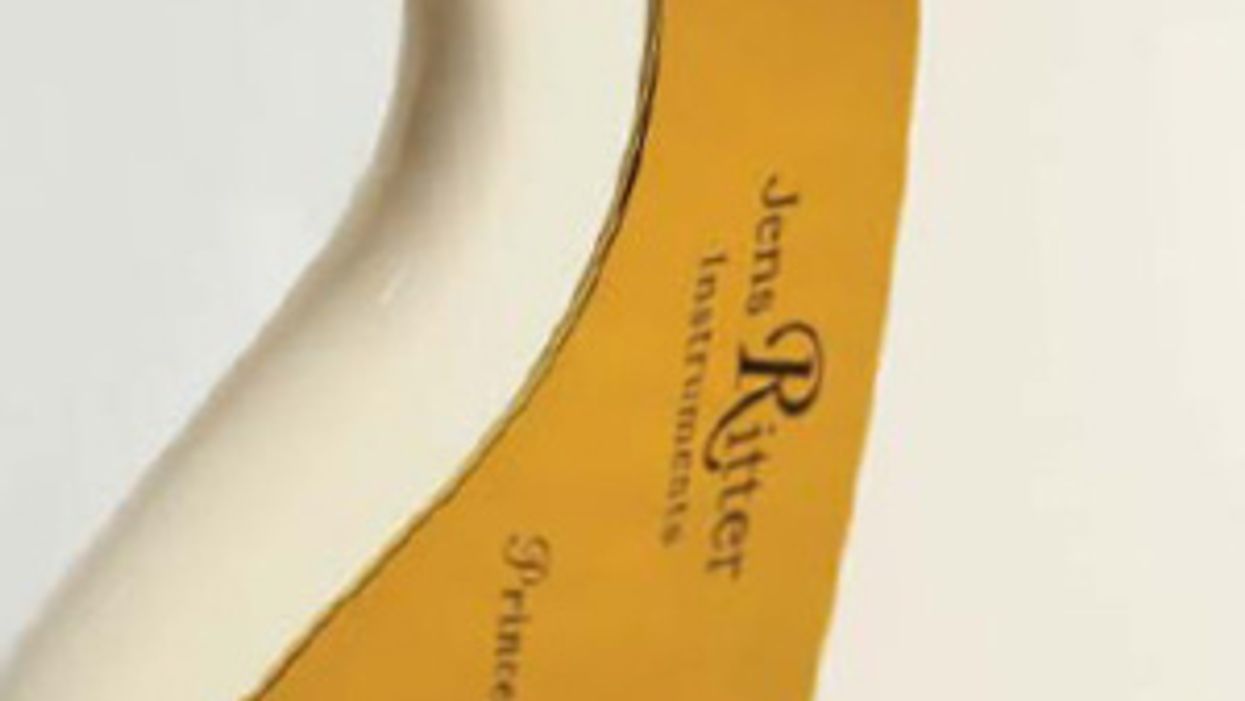Search
Latest Stories
Start your day right!
Get latest updates and insights delivered to your inbox.
reviews-certain-jens-ritter-engineer-train-instrument-princess-isabella-baritone-jazz-new-york-city-rudy-pensa-music-shop-shade-jazz-archtop-sound-fee
Don’t Miss Out
Get the latest updates and insights delivered to your inbox.
Recent
load more

